2020 will go down in history as a pivotal year.
Not even a year living with COVID-19 and our behaviors are already changing. Follow that with the world watching in horror at the brutal, calculated murder of George Floyd. Around this same time, a white woman, Amy Cooper, calls the police suggesting a black man was "threatening" her.
These incidents highlight the ongoing systemic racism in the US and around the world.
Yet for years, we’ve been seeing this systemic racism in the school system. Educational test results show that there is a "school-to-prison" pipeline, and most educators and school administrators know about it. This pipeline refers to the disproportionate tendency of minors from disadvantaged backgrounds to become incarcerated due to harsh school policies.
"A Pennsylvania judge was sentenced to 28 years in prison in connection to a bribery scandal that roiled the state's juvenile justice system. Former Luzerne County Judge Mark Ciavarella Jr. was convicted of taking $1 million in bribes from developers of juvenile detention centers. The judge then presided over cases that would send juveniles to those same centers. The case came to be known as ‘kids-for-cash.’" (NPR)
Black and brown boys, in particular, fail standardized reading tests. I’ve taught several children of color, and I've remained in touch with Twayne, one of my former students. I share his story in my book Reversed: A Memoir. Twayne was fifteen years old, in 10th grade, and could only read ten words. He completely changed my life by helping me examine working with marginalized students. He, and many other children of color, have failed standardized reading programs.
What strikes me is the lack of appropriate literature for children of color. I often ask myself these questions:
From the moment children are engaged in learning to read, what characters are they being exposed to?
Who are children seeing?
What are these characters doing?
Do black and brown children see themselves in early literature—the moment they start learning to read?
What is the impact if children do not see themselves in literature? How does it affect their identity, particularly if the student has some sort of learning challenge?
Examining early reading literature showed me that it is often—white, middle class, and female.
If you are/were a marginalized student, why would you read these books? If students are placed in standardized reading programs to "improve their reading," are they seeing themselves in this literature or examples? Or when we place children in reading programs, why do we simply assume that only "decoding" needs to be taught?
“Learning disabilities are often designated in schools based on low academic performance, or low achievement despite a high IQ... But since racial minorities, overall, make up a larger share of the low-achiever pool, in raw numbers, they are still more likely than white children to end up in special education. ‘Real life is not statistically adjusted,’ Shifrer said." (VICE)
Research shows that children who struggle with learning to read are disproportionately placed in programs that provide "reductionist" teaching practices. These programs focus solely on teaching letters and sounds, often ignoring other essential elements of teaching reading. Besides, when children do not progress, there are few changes in the teaching. It often comes across as the student’s, not the teacher’s or the content’s, fault.
Because of this, a child's behavior deteriorates and has less interest in learning. The cycle continues with the student sliding further and further from "normal." By the time a child is in late elementary school, they are already on the school-to-prison pipeline.
How can the School to Prison Pipeline be stopped?
1. From the moment a child enters first grade, use culturally appropriate resources. Have children see
themselves in the books, the literature, and activities familiar to them.
2. Provide role models from their culture. I have used examples of Richard Wright, George Washington
Carver, and Oprah for the youngest children.
3. Adapt and innovate on texts and current reading material so children see themselves in literature.
Using these techniques changes students thinking and places them on paths to success. When children leave our classroom thinking and feeling about our lessons, we have provided a safe social-emotional learning space. They are on track to achieve.
If we are to have a chance of stopping the "School-to-Prison Pipeline," literacy instruction must change to meet the needs of the black and marginalized students. And we can do this.
Note: Every week I’ve been adding 2-3 minute videos to my YouTube channel. This week’s video talks about Black Lives Matter and the YA book, Richard Wright and the Library Card. Subscribe to my channel here.
Photo credit: ACLU


